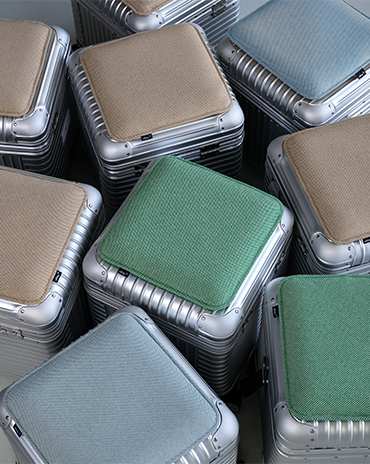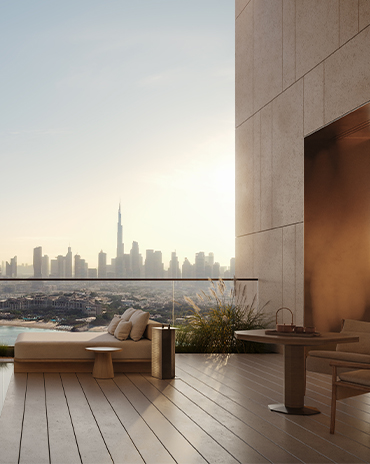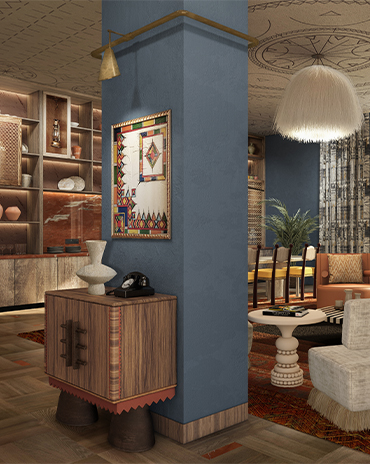Copyright © 2025 Motivate Media Group. All rights reserved.
Carl Gerges to renovate 17th century structures into boutique hotel in Batroun
Batroun Boutique Hotel will preserve traditional building techniques
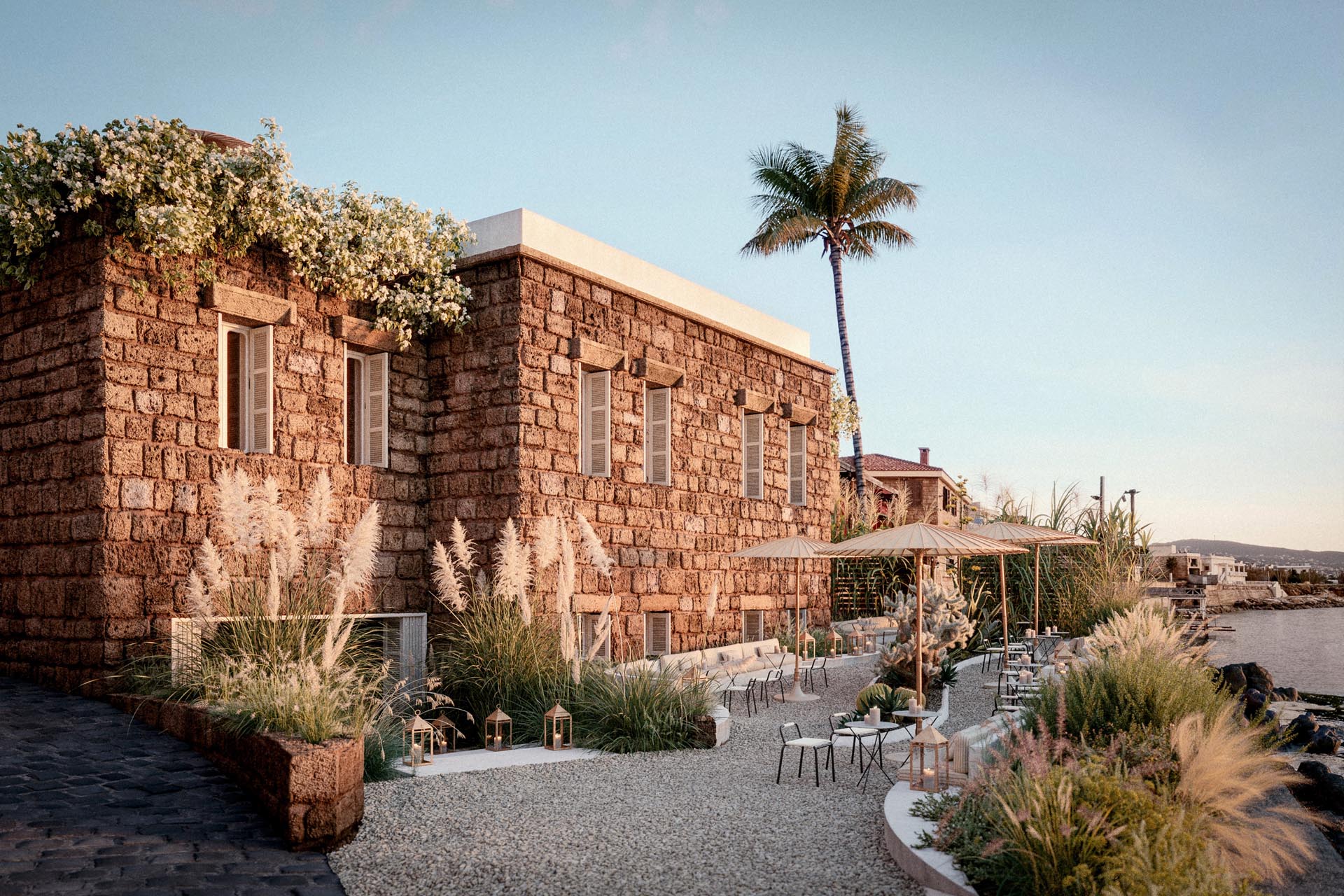
Architect and musician Carl Gerges is slowly making a name for himself for his determined approach to architecture, and his latest endeavour is not unlike his modest yet meaningful collection of projects – which showcases a distinct cultural and environmental sensitivity while preserving the traditional and historic elements of the structures in which he intervenes.
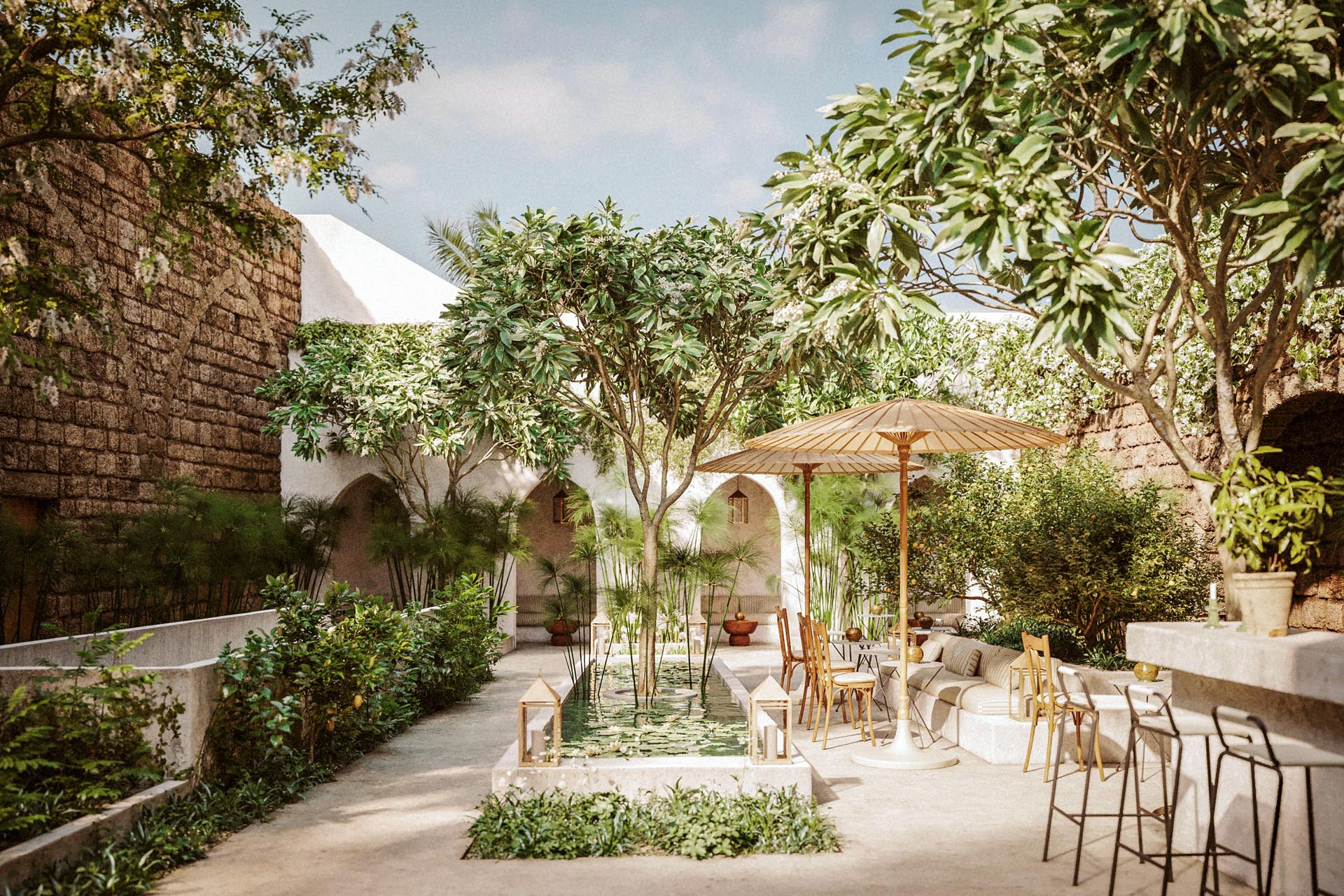
Batroun Boutique Hotel is a destination hotel that’s set on the historical coast of Batroun in the north of Lebanon and will see the renovation of two structures from the 17th century transformed into an idyllic getaway where guests can connect with history and nature.
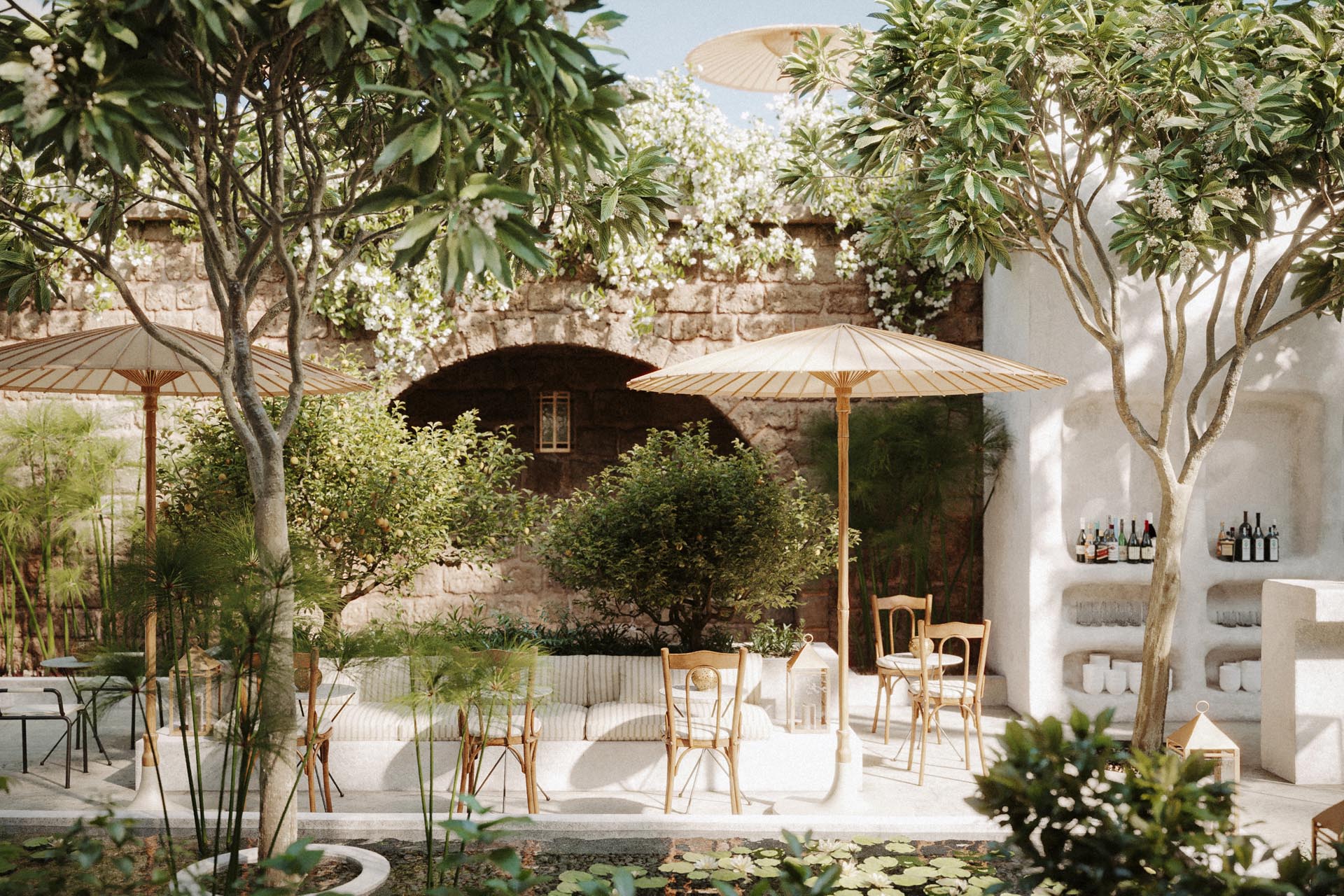
The seaside property features a golden stone structure and a white cement plastered courtyard, authentically restored using the same locally sourced sandstone and artisanal wooden shutters. This allows for privacy amid the populated old town while preserving the cross-vault architecture that is typical of Lebanese houses of the time. Similarly, the understated material palette is informed by local building traditions. The guest rooms are set across two floors featuring sweeping views over the sea and gardens. The spa is also set on the water and offers a variety of sea treatments.
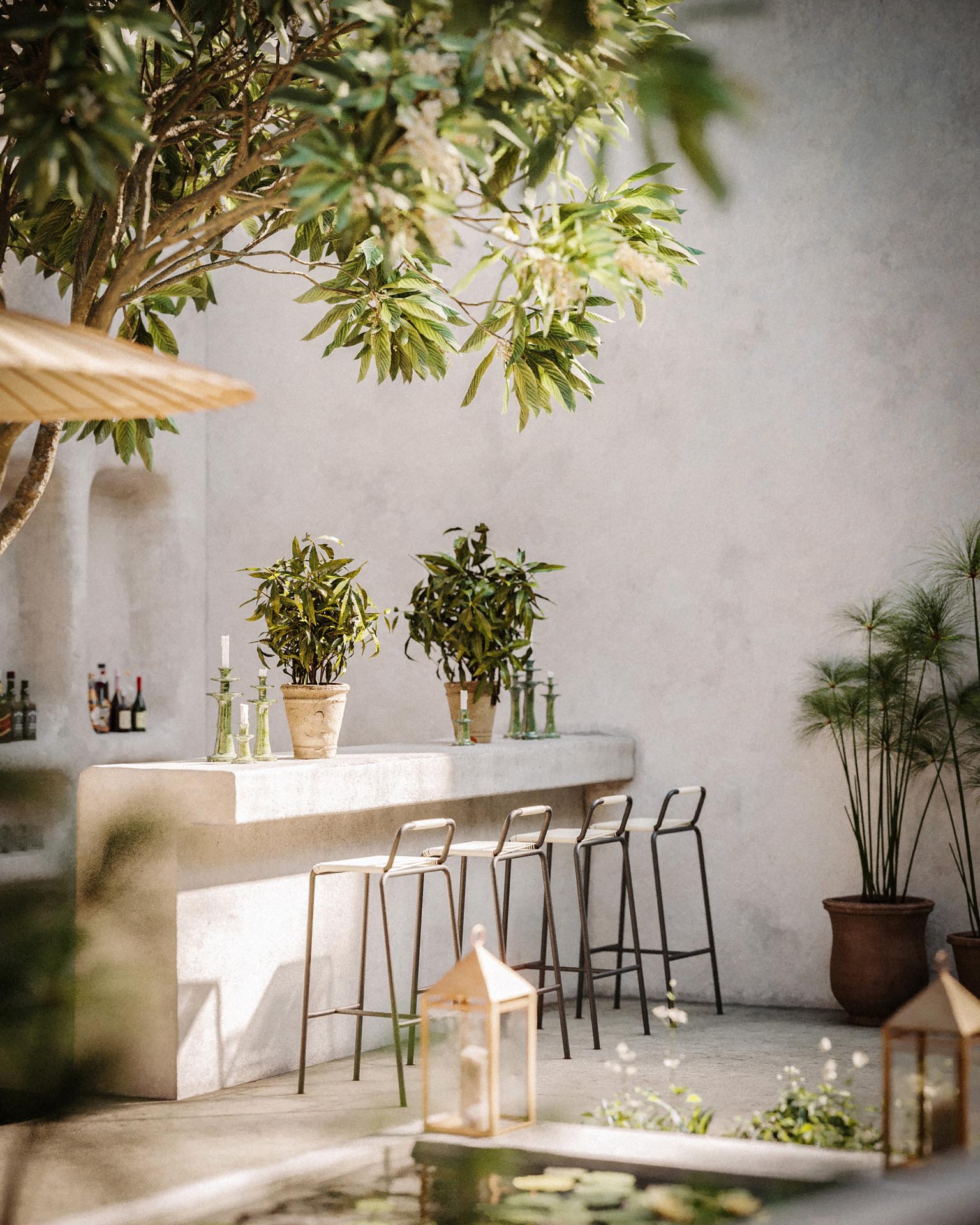
Connecting the separate houses is a white, raw cement extension that creates a focal point for guests staying on either side of the property and provides a meeting point in the form of a leisurely café. The entryway leading into the courtyard introduces guests to a more intimate space, with lancet arches giving way to small private booths.
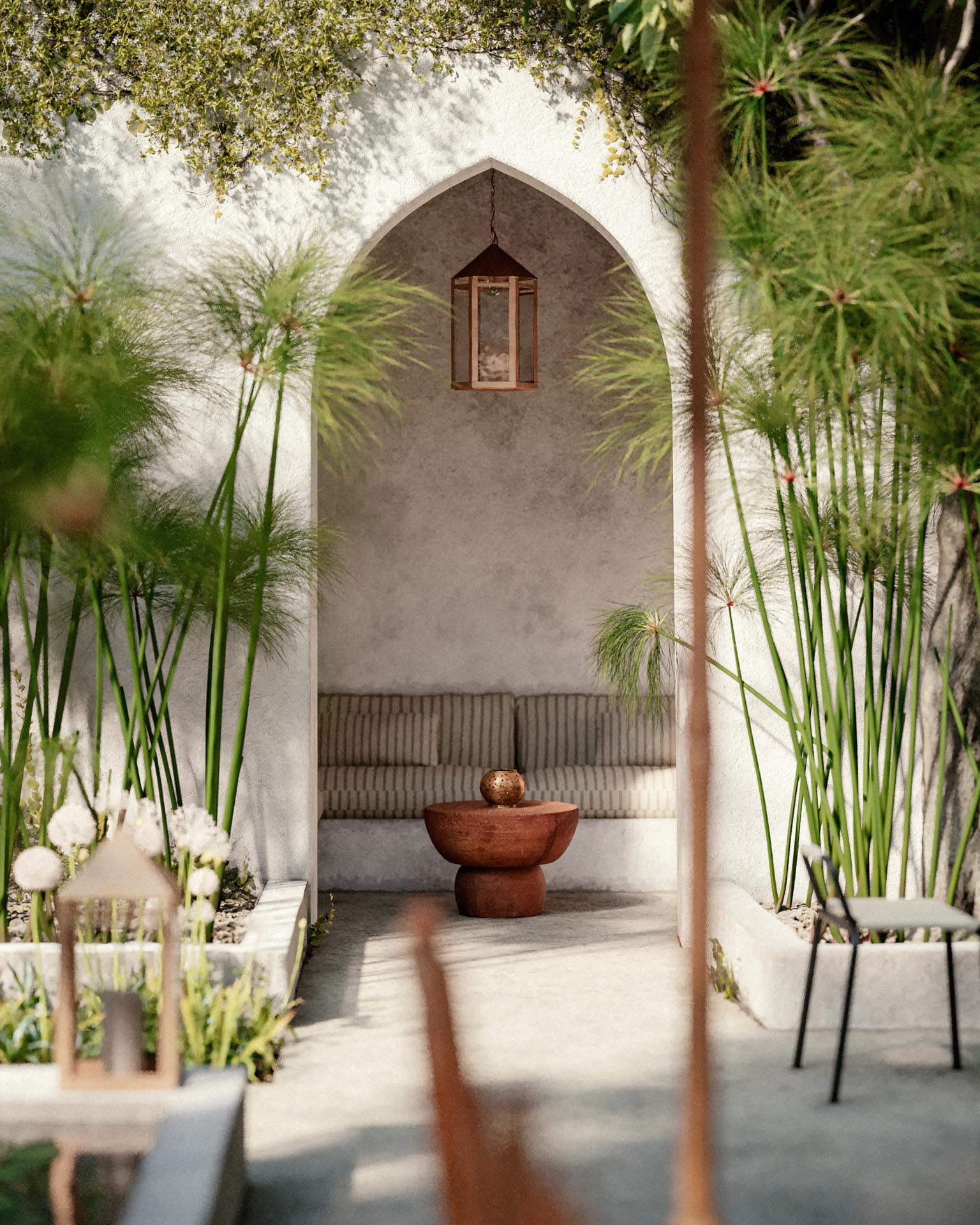
The bar is designed to blend organically with its white-wall surroundings, while a narrow staircase leading up to the rooftop pool allows guests to enjoy unobstructed sea views on one side and the central sanctuary on the other.
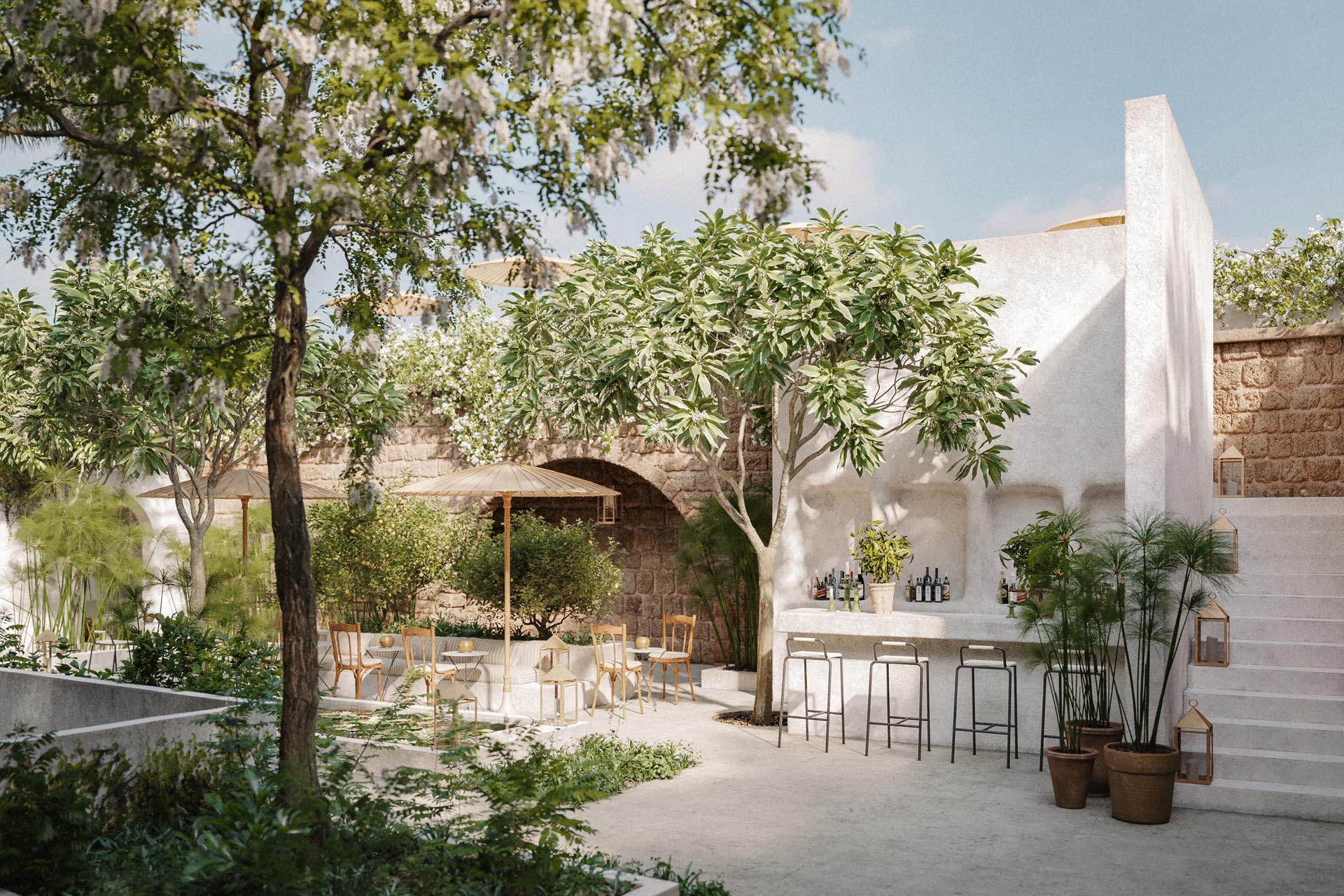
Inspired by botanical drawings that also date back to the 17th century, as well as the fauna and flora typical of the region, the property’s natal language is abundant with lush vegetation such as water lilies in the central pond – which are reminiscent of the Ottoman influence on the Lebanese urban fabric – as well as succulents and pampas grass that absorb and reflect sunlight during the different hours of the day, while the grounded cacti reflect the characteristic of Lebanese coastal villages.


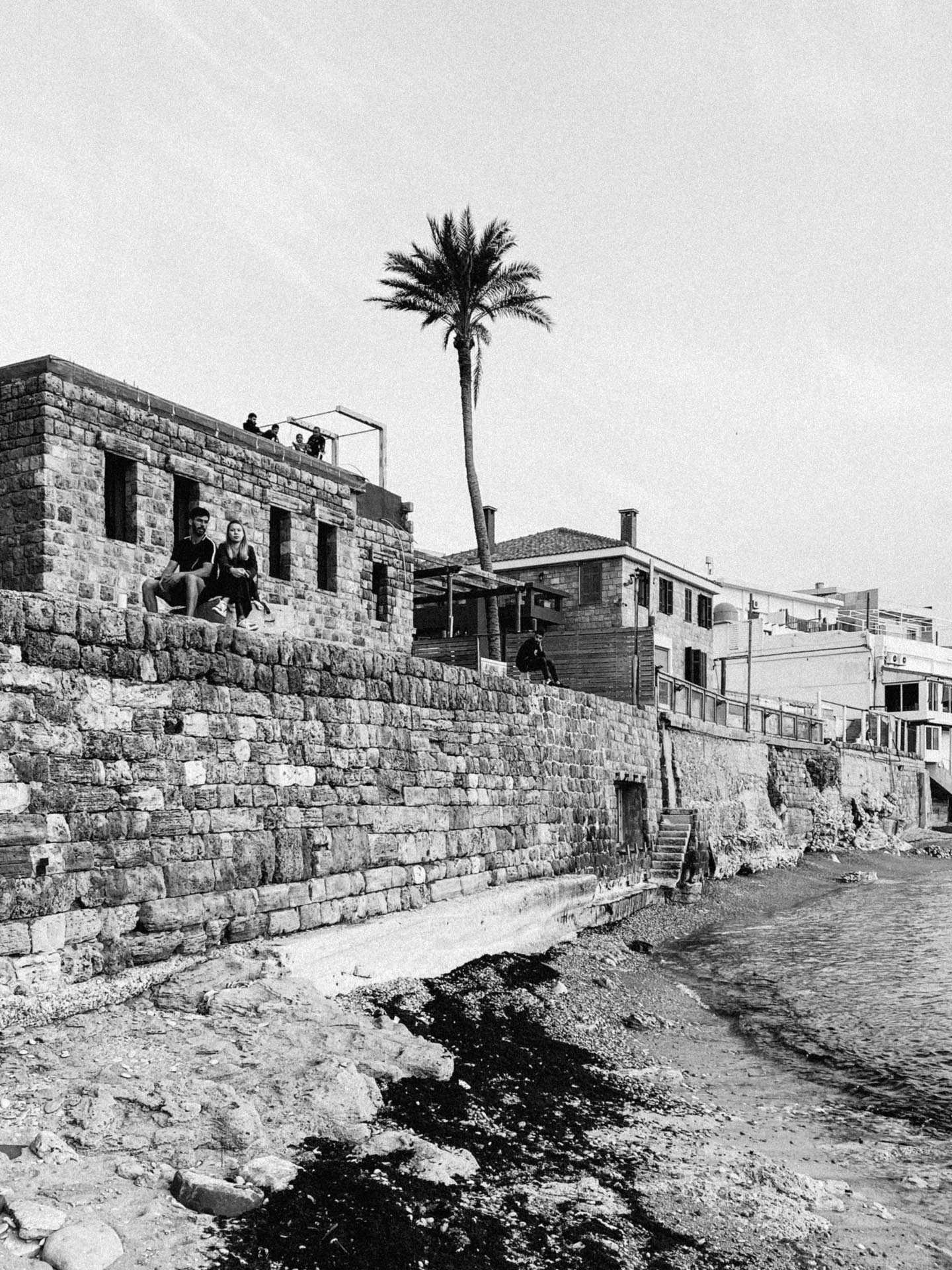
The Latest
Designing Movement
RIMOWA’s signature grooved aluminium meets Vitra’s refined design sensibilities
A Sense of Sanctuary
We interview Tanuj Goenka, Director of Kerry Hill Architects (KHA) on the development of the latest Aman Residences in Dubai
Elevated Design
In the heart of Saudi Arabia’s Aseer region, DLR Group has redefined hospitality through bold architecture, regional resonance and a contemporary lens on culture at Hilton The Point
Turkish furniture house BYKEPI opens its first flagship in Dubai
Located in the Art of Living, the new BYKEPI store adds to the brand's international expansion.
Yla launches Audace – where metal transforms into sculptural elegance
The UAE-based luxury furniture atelier reimagines the role of metal in interior design through its inaugural collection.
Step inside Al Huzaifa Design Studio’s latest project
The studio has announced the completion of a bespoke holiday villa project in Fujairah.
Soulful Sanctuary
We take you inside a British design duo’s Tulum vacation home
A Sculptural Ode to the Sea
Designed by Killa Design, this bold architectural statement captures the spirit of superyachts and sustainability, and the evolution of Dubai’s coastline
Elevate Your Reading Space
Assouline’s new objects and home fragrances collection are an ideal complement to your reading rituals
All Aboard
What it will be like aboard the world’s largest residential yacht, the ULYSSIA?
Inside The Charleston
A tribute to Galle Fort’s complex heritage, The Charleston blends Art Deco elegance with Sri Lankan artistry and Bawa-infused modernism
Design Take: Buddha Bar
We unveil the story behind the iconic design of the much-loved Buddha Bar in Grosvenor House.





